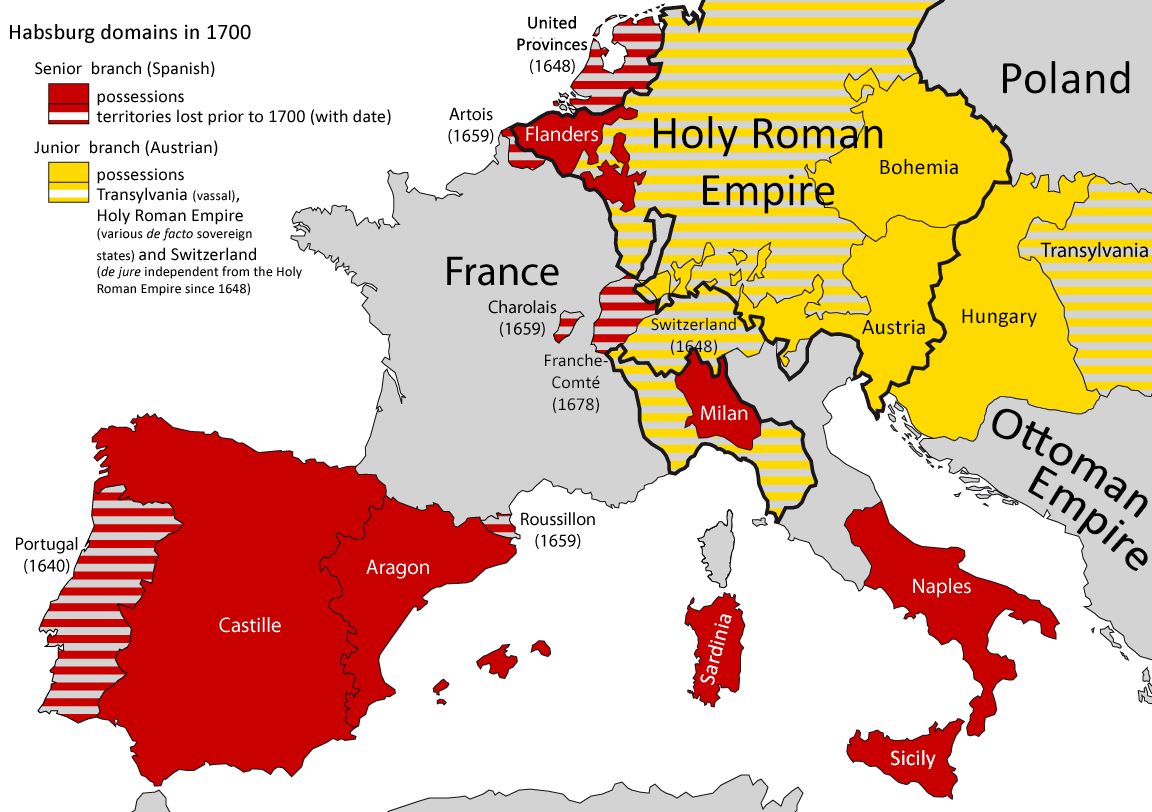Such labels as Age of Absolutism and Age of Divine-Right Monarchy are frequently applied to the early modern centuries; over most of Europe the ultimate control of administration rested with a hereditary monarch who claimed a God-given right to make final decisions.
But while the greater nobles were losing power and influence to the monarchy, the lesser nobles continued to dominate the countryside, where medieval local privileges survived vigorously almost everywhere, together with local ways of life quite different from those of the court and the capital.
The Renaissance monarchies had many characteristics in common: splendid courts, representative assemblies of some kind, complex diplomatic policies and foreign services to pursue those policies, expensive armies, and, above all, growing bureaucracies. For Spain, efficiency in government turned upon the bureaucracy nurtured by Philip II. For France, torn by religious and civil wars, bureaucracy depended more upon the personal popularity of the monarch.
For England, the Tudor monarchs achieved a new balance between the reality and the appearance of royal and parliamentary powers. Localism remained strong, and true national patriotism had not yet developed. But a growing emphasis on the structure of government that flowed outward from the monarch and the assemblies meant that a divided Europe sought security and stability in the concept of the state.

